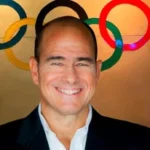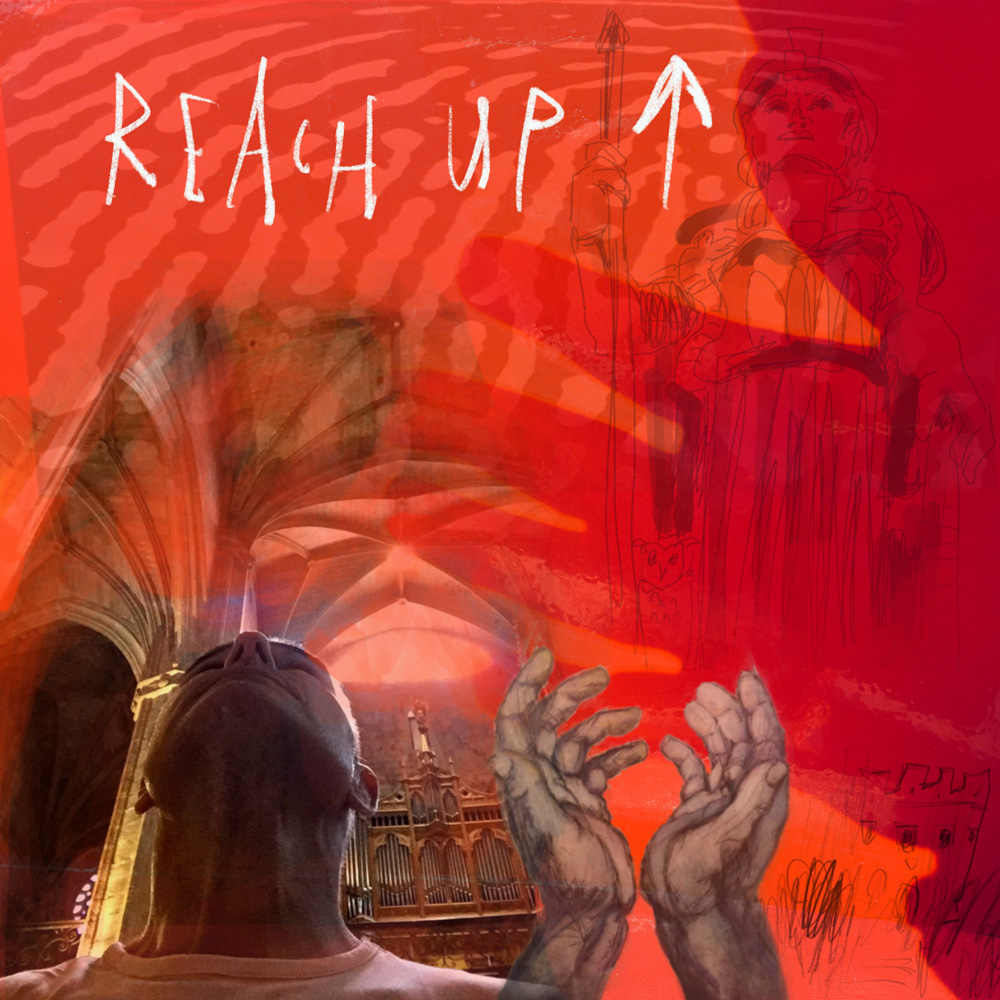Every now and then you meet someone who deeply inspires you to strive to be the best individual and leader you can be – and who shows you the value and role of soft skills, like grit, creativity and communication, to not only survive the daily challenges we all face, but to thrive despite them.
Meet Gregory Burns, five-time swimming world record holder during three Paralympics, world-renowned artist, motivational speaker and author of three books. In his life time, Gregory has arguably accomplished more than most, pushing the boundaries and mastering new skills, which inevitably inspire everyone around him.
After retiring from competitive swimming, he turned his attention to Ironman events, completing five. As an artist, he holds an MFA in painting and has exhibited in a dozen countries for over 30 years, including serving as an artist-in-residence at 20 five-star resorts across the globe. His paintings hang in various resorts as well as the private collections of Deutsche Bank, BHP Billiton, P&G and Bill Clinton.
We had the privilege of hosting Gregory during one of the Fogarty Institute’s lunch-n-learns where he shared the core values and soft skills needed to overcome our daily pressures in a conversation titled “Embracing challenges, a leader’s mindset.” Here are a few of the insights he shared from his own experience that enlightened all of us.
What was it like to compete in the Paralympics, and what were some of the obstacles you overcame and lessons learned?
It wasn’t until I moved to California at the age of 18 that I discovered there was a venue for people with disabilities to compete in a wide range of sports. That was a critical moment for me, as up until then, I had only participated with able-bodied individuals. It was unbelievably motivating to have the opportunity to push myself and see what I could do competing against people on a similar playing field; essentially to see what I could do with my reality. That became the driving force in my life: what can I make with the hand that I was dealt? It made me realize that we can continue to strive although none of us are perfect.
Walking out to the swimming pool at the 1996 Paralympics on home turf in Atlanta, Georgia, with family, friends and tens of thousands of spectators watching, was incredibly exciting and empowering, and I never swam as fast. It’s truly motivating and moving to represent your country in an international competition.
Of course, I encountered many challenges; the first being fundraising. If I wanted to compete and travel, I had to raise my own funds. I went “door to door,” when I was just 18 years old to find sponsors. I spoke with local businesses, Rotary Clubs and doctors’ offices. This gave me a lot of practice speaking in front of crowds and helped me learn the best way to share my story that was designed both to motivate them and also inspire them to support my cause. I realized that the secret was to be authentic – which is how you are able to forge a connection and create a desire to partner for a common cause.
I also had to overcome challenges while preparing for the swim competitions. I don’t love training, but I like what it affords me to do and accomplish so I overcame my adversity by taking baby steps. Rather than thinking of the entire 5,000 meters I had to swim, I would take the first baby step to get into the pool to just do a warm up. Once that was accomplished, I knew I could take another baby step and add to my workout, until it was eventually completed. It’s important that we all find those tricks that help us accomplish what we need to.
And finally, I also faced challenges regarding my artistic pursuits. Sports are cut and dried – you can track your accomplishments recording your workouts or competing and winning a medal, for example. But it’s hard to measure results as an artist and know where you are on the path to “success” because the rules of engagement are unwritten and nebulous. What keeps me going is that I believe what I am doing makes sense and is valuable, and whether my work is recognized now or later, I still put my heart and soul into it. It’s important to believe in yourself and your vision, and also to change and adapt, but most importantly to keep going, even if there is no clear “finish line.”
What is your favorite part of being a motivational speaker?
First, I really enjoy connecting with people and reaching and inspiring individuals, one by one. My goal has never been to move the needle of an organization’s bottom line, but to provide meaningful and personalized insight that individuals will hopefully learn and grow from.
Second, I have found that I am at my best when I am in a Q&A setting, when I am put on the spot. When someone from the crowd asks a question, I only have a few seconds to come up with a meaningful response that relies on experience and also insight and intuition. I really enjoy that ability of our brain to filter through the subconscious and find a clarifying point that will speak to someone and their individual situation.
When you’re just giving a prepared speech, you know what you’re going to say, but when you’re interacting, you are taking a risk. This allows you to come up with something that is authentic, heartfelt and likely more powerful. That’s also the reason I love painting: I am willing to give up predictability to come up with something magical, unexpected and potentially truly great.
You undoubtedly hear a lot that you are inspiring others. But where do you find inspiration in your own life?
One of my first moments of inspiration came when I encountered a swimmer competing without legs or arms. He didn’t complain about big things, like his condition, or small things, like the weather or the food. He just made the best of what he had. This taught me that we are all born with a certain “basket” – our talents, physical abilities or challenges, money, intellect and more. But it’s not what’s in the basket as much as what you decide you are going to do with it and how far you can take what you were given.
Similarly, I was inspired by Lance Armstrong’s book, It’s not About the Bike, My Journey Back to Life, before he admitted to doping. Or when I was learning Chinese calligraphy in Taiwan from a 74-year-old man who had a beautiful calligraphy brush, and I was initially convinced the brush would make me more skilled. But it’s not about the bike or the brush. It’s what you do with the tools you are given.
During the Institute’s lunch-n-learn, you emphasized the importance of expressing your creativity. Why is that so critical and how has it helped you and others you have mentored?
We each have a left and right side of the brain and they have vastly different functions. Unfortunately, often our society encourages us to primarily focus on the left, or intellectual, side of the brain. But the right side — our quiet, creative, non-verbal, intuitive side — has a wealth of knowledge that we miss out on if we only focus on the left side. Expressing your creativity, whether that’s through dancing, gardening or painting, will nurture that right side of the brain and give it voice and prominence. This opens up a whole new “file cabinet” of answers. If you don’t nurture that intuitive side, there won’t be a chance for creative thoughts to sprout.
It’s also important to pursue creative endeavors that are outside of your own field. This reformats your brain and provides new ideas. It’s much the same reason that cross training makes you a better athlete in your primary sport.
I truly believe that being creative brings us closer to who we truly were meant to be. It’s vital that we take a holistic approach in training the mind.










